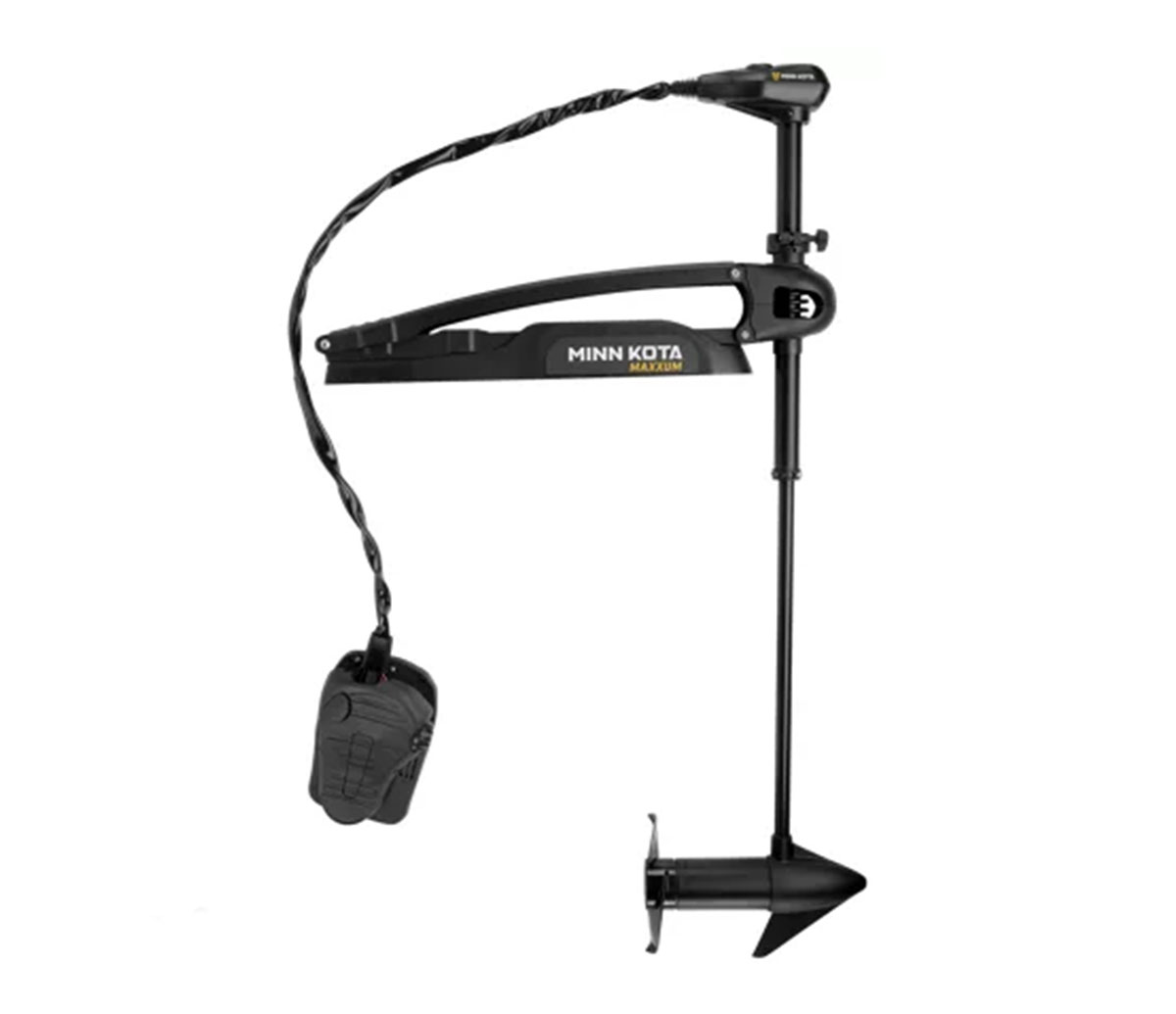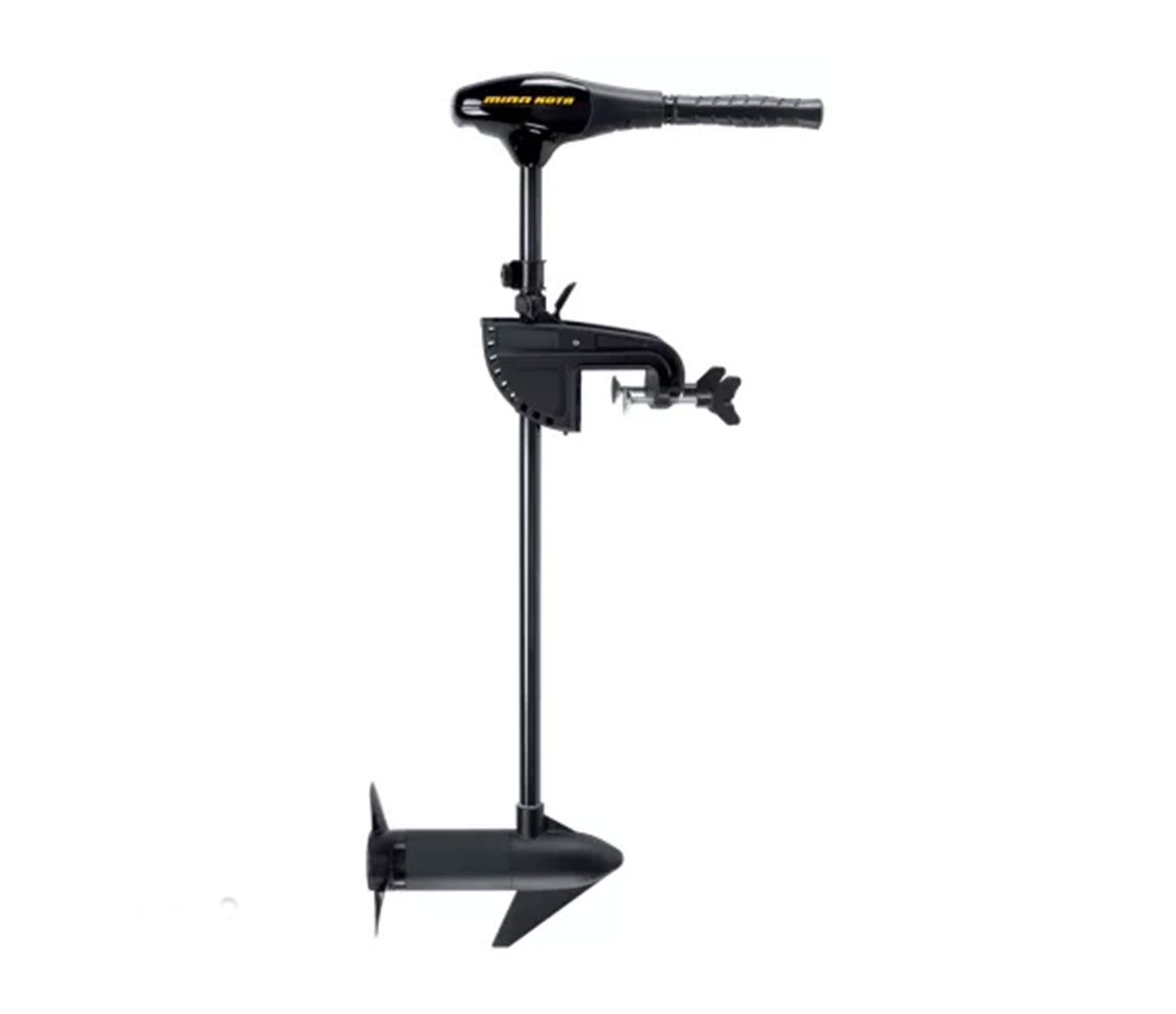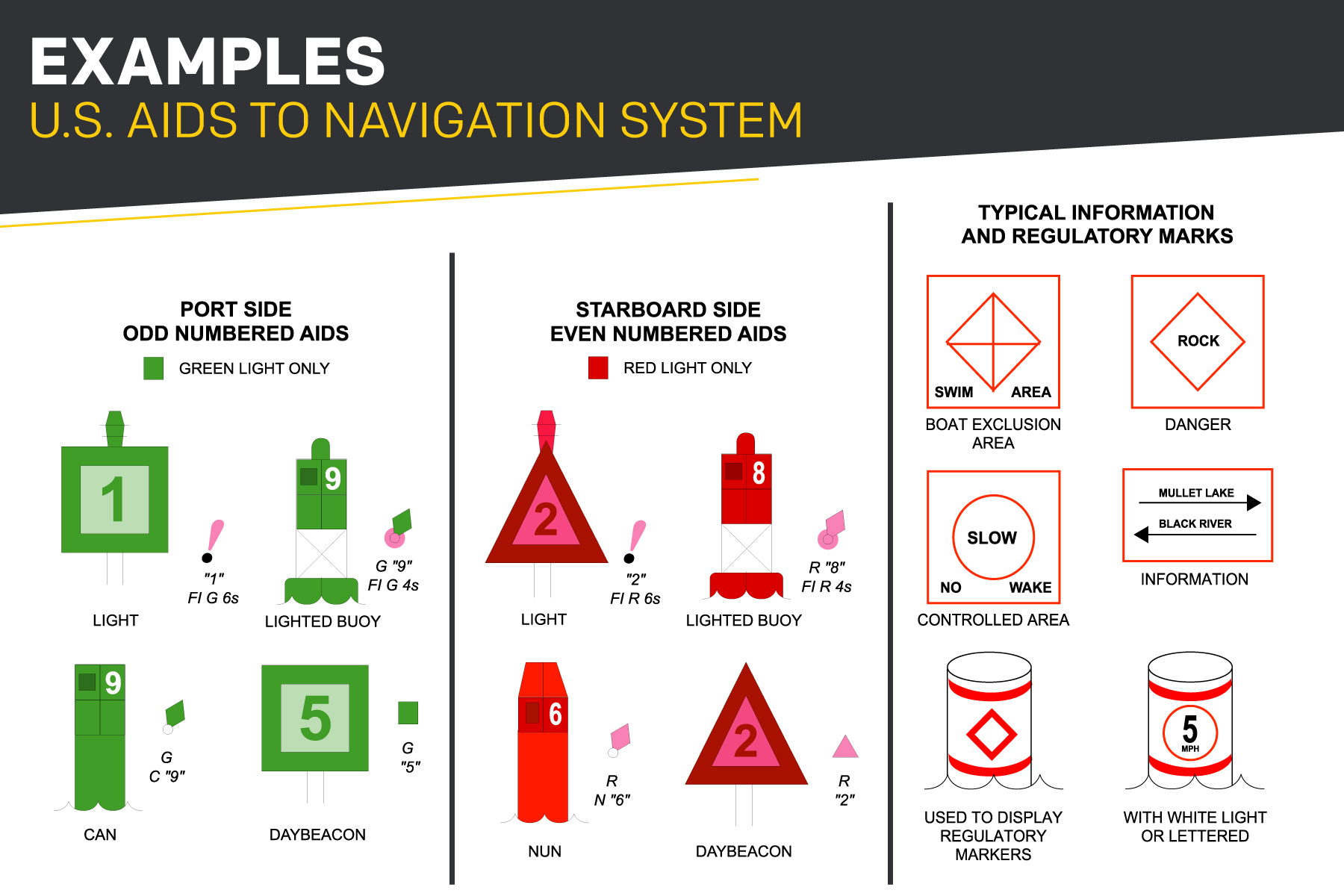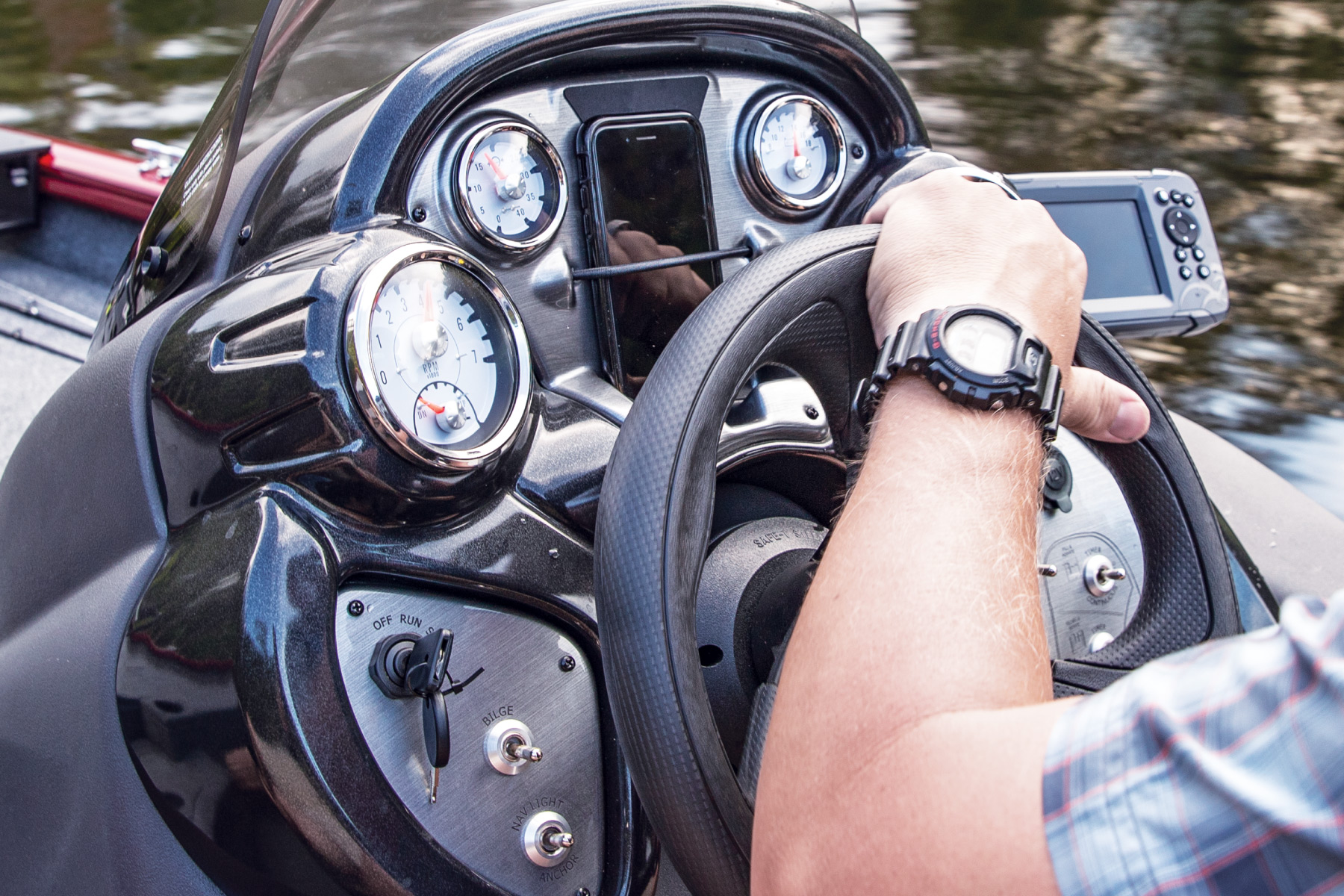A successful day of fishing from a boat comes down to teamwork. Your outboard can get you from the shore to the hot spot, but it falls short in maneuvering the boat to where the fish are biting.
That’s when a trolling motor joins the team for the score. Electric trolling motors enable you to avoid spooking fish, while holding the boat on the spot. You can make the perfect cast into the strike zone, or ease closer for more effective lure presentations.
They might look similar but not all trolling motors are created equal. Choosing the best motor for your boat comes down to several factors, including your boat type and size. The trolling motor needs to be matched to your boat, so that both perform at their best. It’s no different than choosing a balanced rod and reel for the best lure presentation.
Trolling motors of today also do more than just stealthily maneuver the boat. Some have techy features like GPS integration and more. That adds even more to consider when choosing a trolling motor.
If the time has come to upgrade, or you want to add a trolling motor to your boat, you have come to the right place. Read more about how to choose the right trolling motor for you and your boat.




